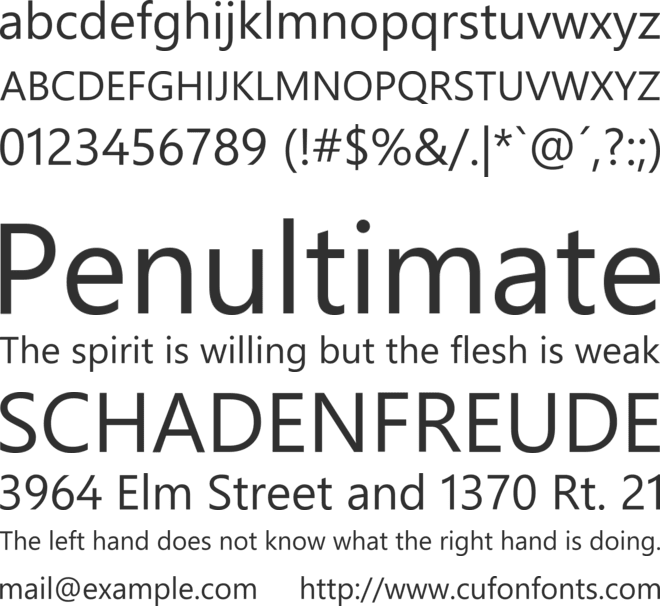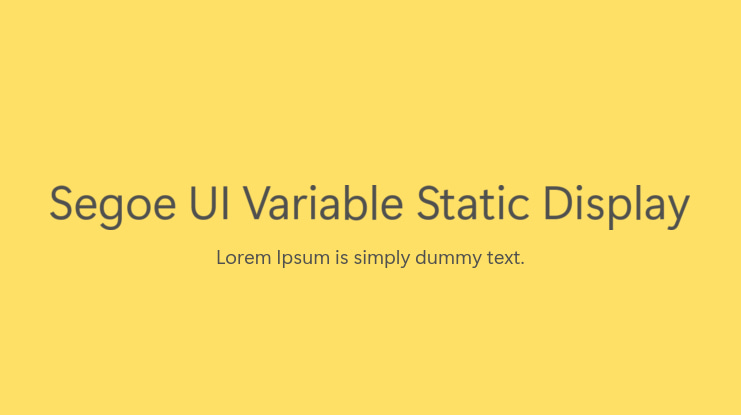

You can then adjust other properties of the text, like style, size, line height, letter spacing, and more.

Click the to the right of the font to browse your font list.Figma will show the Text properties in the right sidebar.Select a text layer, or select some of the text within a text layer.If you're using the Figma desktop app, you can find your local fonts in the font picker: It allows Figma to access fonts on your computer, and open Figma links in the desktop app. Figma desktop appįigmaAgent is a secure background service that Figma also installs when you install the desktop app. To access these fonts in the font picker, you'll need to use the Figma desktop app ↓ or install the Figma font service ↓. Mac: How to install and remove fonts on your Mac (via Apple).To allow Figma to access these fonts, you need to add or install them on your device: If you've purchased your own fonts, or have a catalog of fonts on your computer, you can also use these in Figma. The company uses Segoe in its online and printed marketing materials, including recent logos for a number of products. Segoe (/sio/ SEE-goh) is a typeface, or family of fonts, that is best known for its use by Microsoft. Teams on the Organization plan can upload and use shared fonts, regardless of platform.įigma gives you access to a catalog of Google Web Fonts, which you can use without having to install anything. Segoe-UI Font on Linux (Ubuntu) installs the entire font family including emoji, also installs to wine-prefix if found. Chromebook and Linux users can only use Google's Web Fonts. The style of glyphs included in the font generally aligns with the Segoe UI design, and on Windows this. These scripts are not in general everyday use, but are of interest to students, teachers, academics and other historic script enthusiasts. Caution: Figma doesn't support local fonts for devices running ChromeOS or Linux. Segoe UI Historic is a font that supports a variety of historic languages, scripts and writing systems.


 0 kommentar(er)
0 kommentar(er)
